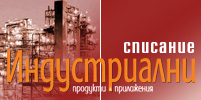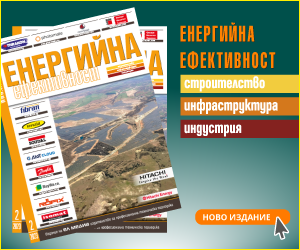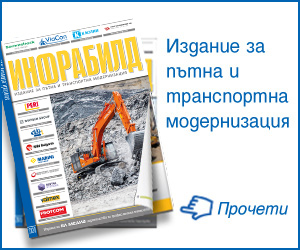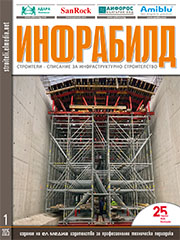Malaysian railway upgrade uses Atlas Copco vibratory technology
04.09.2012
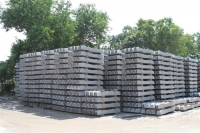
Pre-stressed concrete specialist Eastern Pretech is using newly installed Atlas Copco vibratory pokers to manufacture concrete railway sleepers for Malaysias West Coast line.
Upgrading of the West Coast railway line that runs through the Malaysian peninsula is being undertaken with the help of Atlas Copco electric and pneumatic vibratory pokers, newly installed in the plant operated by pre-stressed concrete specialist NSL Eastern Pretech (Malaysia) Sdn Bhd, which has the contract to supply the concrete rail sleepers for 200 km of the project.
The pokers were supplied by Atlas Copcos Malaysian distributor for concrete products, Concrete Cut Marketing Sdn Bhd, who advised the company on the configuration of the production line to achieve optimum performance.
The West Coast line runs from Padang Besar, on the Malaysian-Thai border, all the way through the peninsula via Butterworth and Kuala Lumpur, to Singapore, a total distance of 350 km.
The upgrading to the line, which was originally built by the British during the colonial era, involves double tracking and electrification, and is one of Malaysias largest infrastructural projects at present.
Eastern Pretech was formed in the mid 1980s as a specialist manufacturer of precast concrete elements, including hollow core slabs, planks, double tee slabs, beams, columns, staircases, walls, facades and railway sleepers.
The companys operations manager Yeoh Peng Seah says that the decision to replace the existing vibratory pokers was taken last year, before the railway contract got underway.
"We decided that we had to have faster and more efficient pokers for the project, and to upgrade our production for subsequent projects," says Mr Yeoh.
"The Atlas Copco installation represented a significant investment, because we have installed 25 units of AX40 electric pokers and 15 units of AY47 pneumatic pokers. The two systems between them cover all our vibratory concrete needs."
The AX series is designed for medium to high-slump concrete, and although it is a fast working poker it has a low absorbed intensity that requires only small converters. The AY47 pneumatic model is an economical alternative, with few moving parts and consequently long service life.
Mr Yeoh says that the pre-stressed concrete sleepers for the 1 m gauge rail line are 2 m in length and have a weight of 209.81 kg. They are designed for an axle load of 20 t and will be placed at intervals of 600 mm along the track. Train speeds will reach 160 km/hr.
"We are working to Australian Standard AS 1085.14. Obviously, for a high-speed, high-capacity railway line, quality and reliability are paramount."
The total number of sleepers required for the contract is 550,000 pieces. Mr Yeoh says that the way the production line is configured, and using a workforce of no more than 50, NSL Eastern Pretech is producing around 1,000 sleepers per day.
"We are progressing very quickly, and are ahead of our schedule," he says.
The production line is working primarily with the AX40 electric pokers, Mr Yeoh saying that they are faster than the pneumatic model, and that the AY47 units are brought in during downtime.
"We shall of course be working on other projects in which the pneumatic units are more suitable," he says. "But for this project we are finding that the electric model gives a superb finish, in addition to its speed of working."
The AX40 has a frequency in concrete of 12,000 vibrations per minute, and a tube diameter of 40 mm, with the AY47 having the same frequency but a slightly larger tube diameter of 47 mm.
"The units are all very robust and reliable," says Mr Yeoh. "We have every confidence that the quality, speed and finish they achieve will help us in bidding for future jobs."



